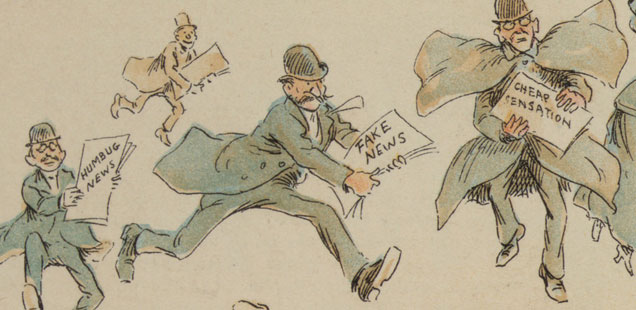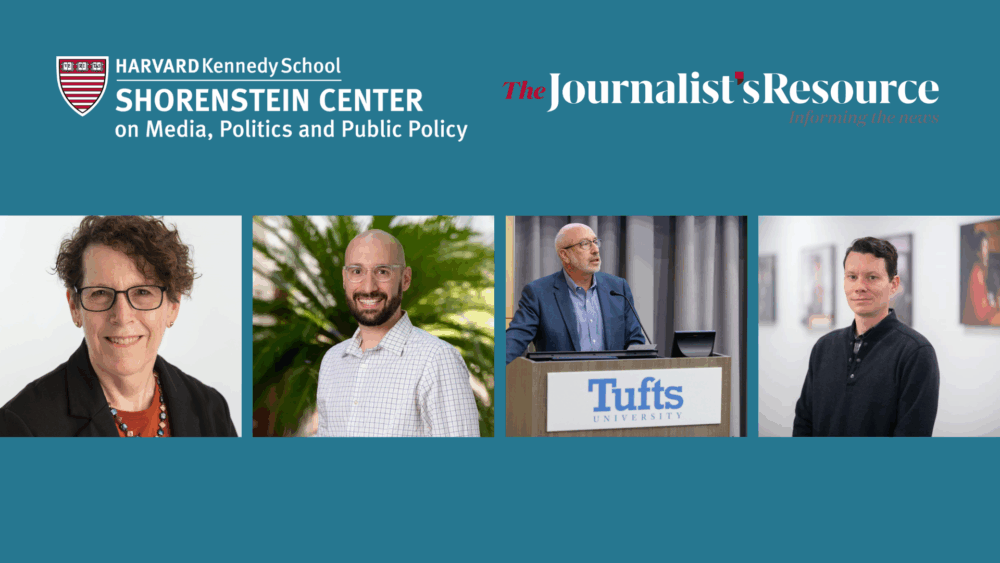
Videos
Regulating Social Media: America’s Global Communications Dilemma
Reports & Papers

With more Americans turning to social media as a primary source for news and information, the dangers posed by so-called ‘fake news’ are growing more significant. Reports of foreign influence in the 2016 U.S. presidential election are just one recent example of how the infusion of misinformation can influence our democratic institutions.
But determining strategies for how best to measure and counter the potential impact of misinformation in the digital age is still in its early stages. A new paper published by Science makes the argument for undertaking a multidisciplinary effort to understand how the Internet spreads content and how citizens process the news and information they consume. Harvard Kennedy School Professor Matthew Baum (affiliated with the Shorenstein Center) and Northeastern University Professor David Lazer are the primary authors of the paper. Jonathan Zittrain, George Bemis Professor of International Law at Harvard Law School and Shorenstein Center faculty affiliate, and Adam Berinsky, spring 2017 fellow, also contributed to the paper.
The authors point to recent Gallup poll surveys showing a growing mistrust in American media as symptomatic of the problem they seek to address.
“The Internet has reduced many [previously enforced] constraints on dissemination of news. This allows outlets that do not embody these norms to compete online with those that do on a relatively more equal footing than was possible offline,” they argue. “This has contributed to the abandonment of traditional news sources that had long enjoyed high levels of public trust and credibility.”
And with distrust in many conventional news sources on the rise, the authors argue, citizens are turning to homogenous social networks for information and affirmation of their own views, thereby exacerbating the ideological divides in the country.
The authors outline two primary strategies to stem the flow and influence of fake news:
While neither intervention will be easy, the authors admit, they could both, over time, help restore citizen trust and credibility in the news and information they consume.
“Our call here is to promote interdisciplinary research with the objective of reducing the spread of fake news and of addressing the underlying pathologies it has revealed,” the authors conclude. “More broadly, we must answer a fundamental question: how can we create a news ecosystem and culture that values and promotes truth?”

Videos

Explainers, Podcasts, Videos

Videos